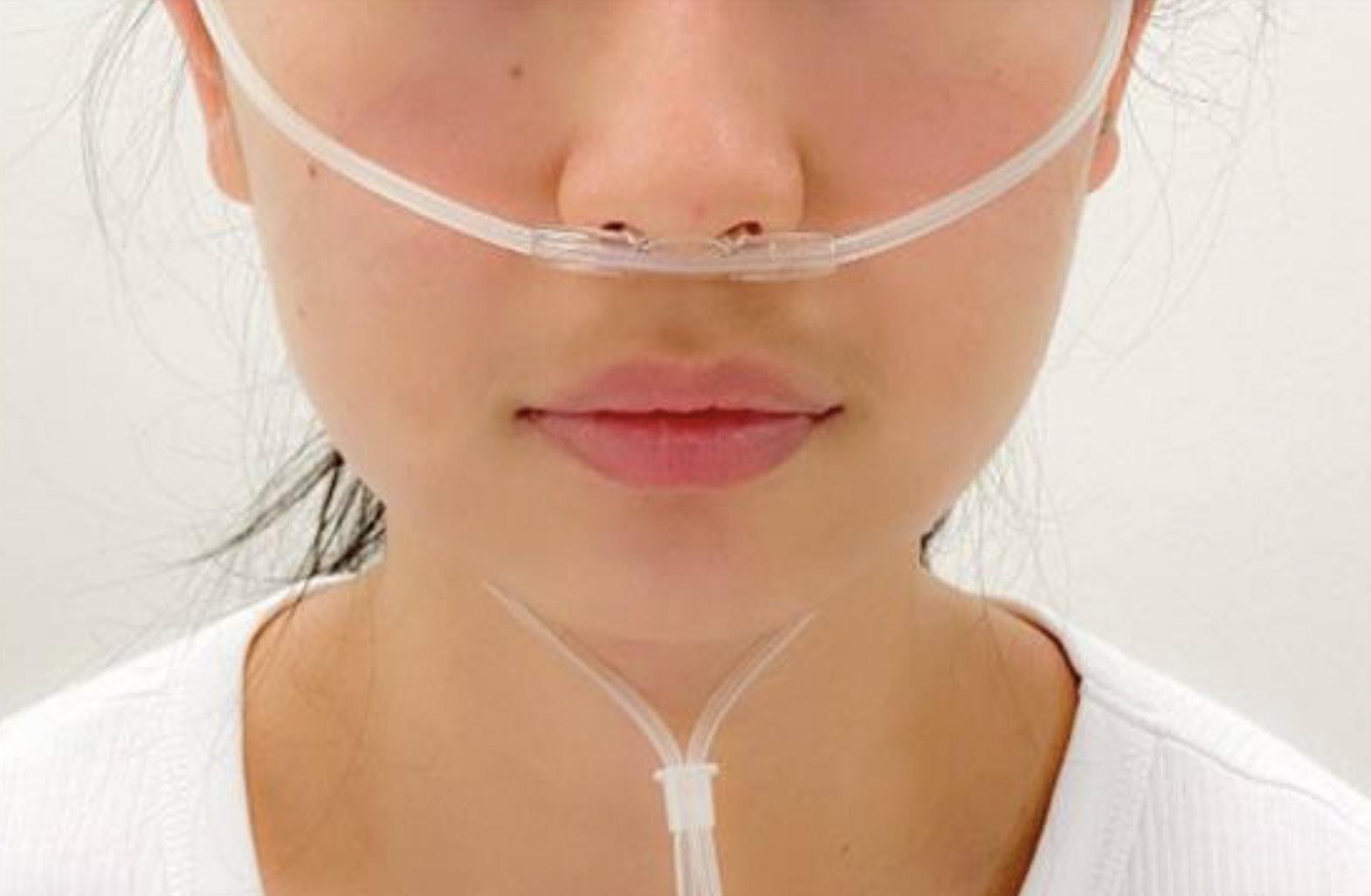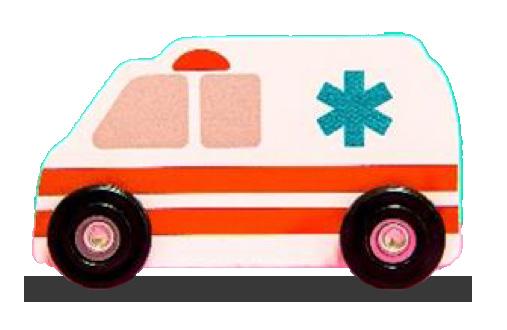Patient and Family Guide on Long Term Oxygen Therapy
The
need for oxygen therapy
Oxygen therapy aims to provide extra oxygen during breathing to improve oxygen levels in your blood. Oxygen therapy is prescribed for patients with:
• Chronic Lung Diseases (e.g. COPD, Bronchiectasis) who may suffer from continuous low levels of oxygen
• Palliative therapies that focus on comfort, providing symptom relief and enhancing quality of life
Recommended usage
• At least ___________ hours of oxygen therapy including during sleep
• Whenever an individual feels breathless
• During or after activities such as toileting, walking or exercise
Oxygen prescription
Oxygen therapy should only be used as per doctor’s prescription. Patient requires ______________ litres of oxygen. For ______________ hours per day/as necessary.
Basic oxygen therapy setup
• Switch the device on
• Ensure the oxygen tubing is properly connected to the oxygen device
Wearing nasal cannula:
• Place nasal cannula into your nostrils
• Loop tubing over the ears
• Adjust plastic slide to ensure comfortable fit
• Breathe through your nose for better oxygen delivery
• Watch for kinks along the oxygen tubing
• Ensure there is airflow by feeling the end of the nasal cannula
Hygiene Matters
• Change nasal cannula monthly, or whenever the tubing changes in colour and texture
• Change the distilled water in the humidifier regularly
• Change your oxygen concentrator filter regularly (6 monthly)
• Check with your vendor if you are unsure
Insert nasal cannula here Plastic slide
Important safety concerns
Use your oxygen therapy device as per your doctor’s prescription.
Keep your oxygen device in a cool and wellventilated area.
DO NOT use multi-outlet adapters such as power extension cords. Ensure your power source is in good working condition.
Keep oxygen device away from heat and flames. (Eg. Stoves, gases)
Do not smoke while you are using oxygen.
Fire extinguisher is recommended when using home oxygen. Ensure it is within reach and not expired.
Clean your oxygen device and accessories regularly.
Contact vendor for maintenance checks and timely replacement if necessary.
What if my oxygen level is low?
You may experience the following symptoms when oxygen level is low:
Shortness of breath or rapid breathing
When to seek help
Increase in heart rate
Headache, dizziness, confusion
If your device has no oxygen flow, please contact your vendor as soon as possible.
• Measure and monitor your oxygen levels daily
• Seek medical attention immediately if oxygen level falls below acceptable range
• Call 995 for medical emergencies
Becoming restless or unconscious
This booklet was created with the contributions of the TTSH RNS team
Yishun Health is a network of medical institutions and health facilities of the National Healthcare Group in the north of Singapore. It comprises Khoo Teck Puat Hospital, Yishun Community Hospital and community extension, Admiralty Medical Centre. Khoo Teck Puat Hospital • (65) 6555 8000 • www.ktph.com.sg Yishun Community Hospital • (65) 6807 8800 • www.yishuncommunityhospital.com.sg





